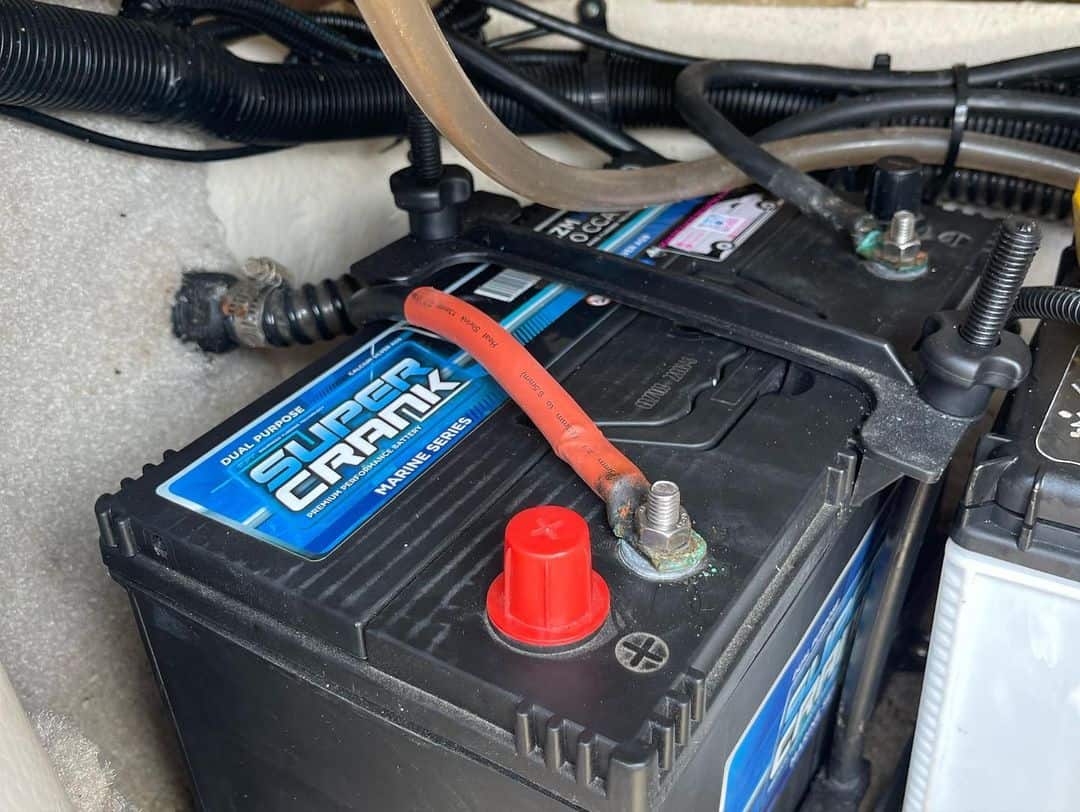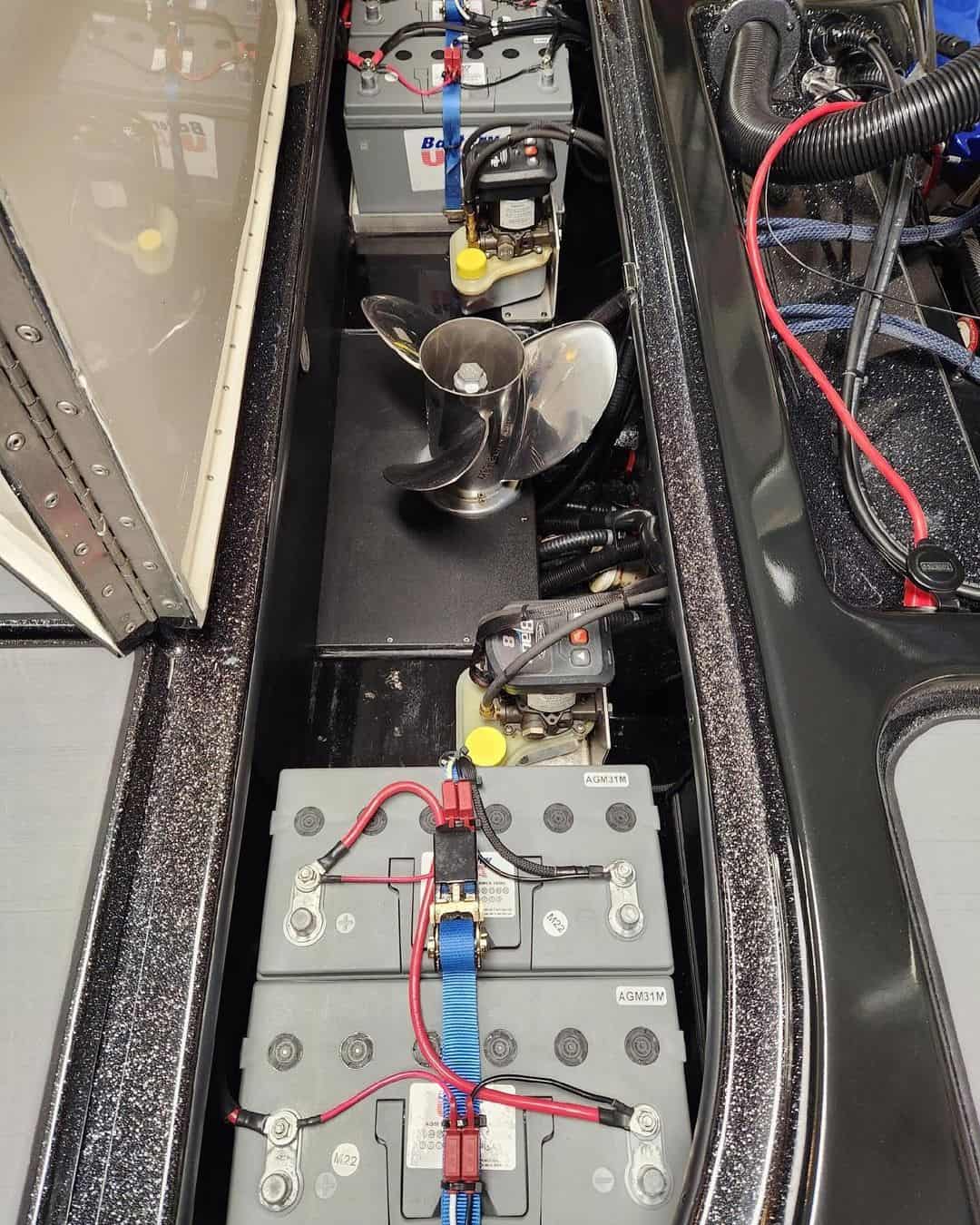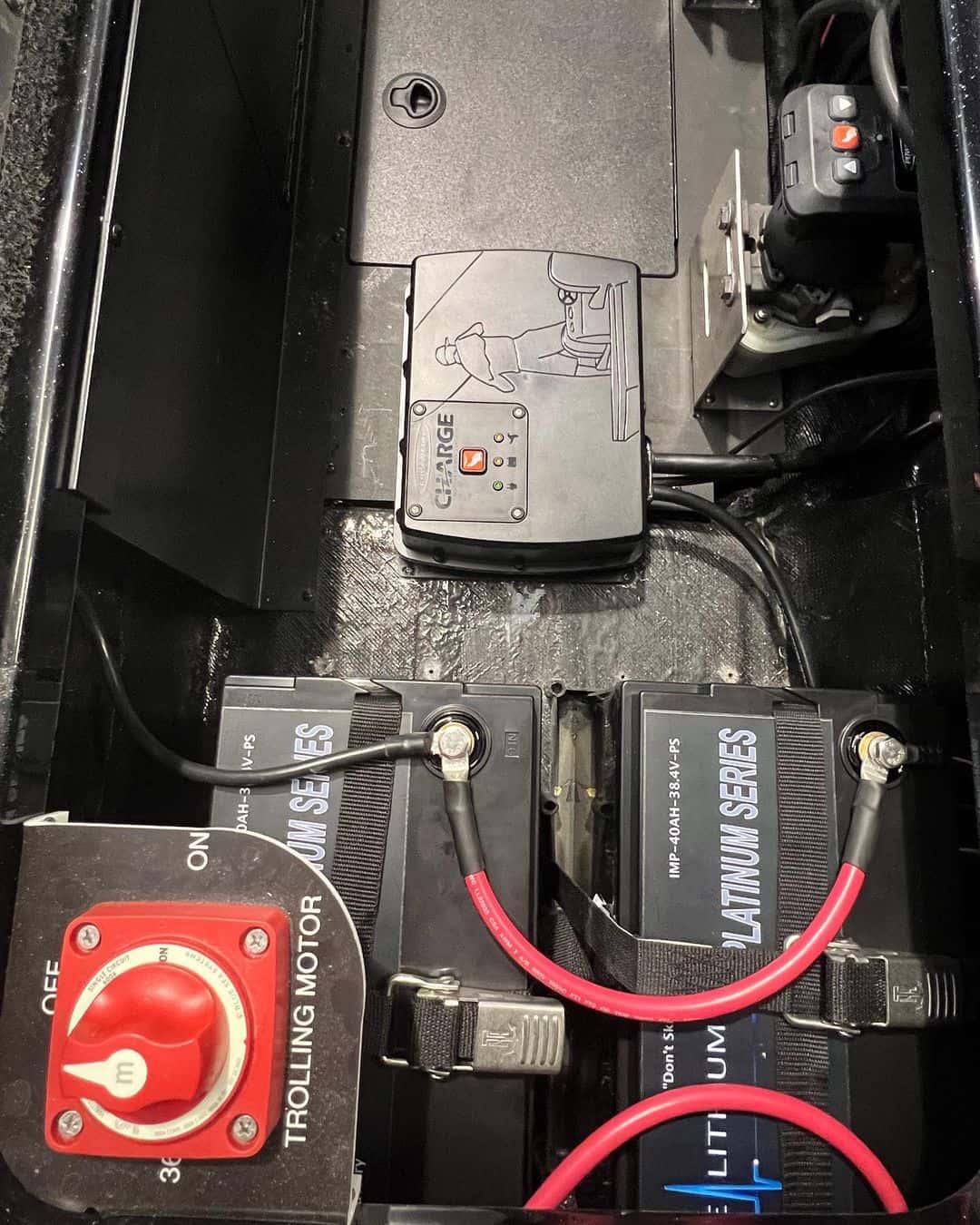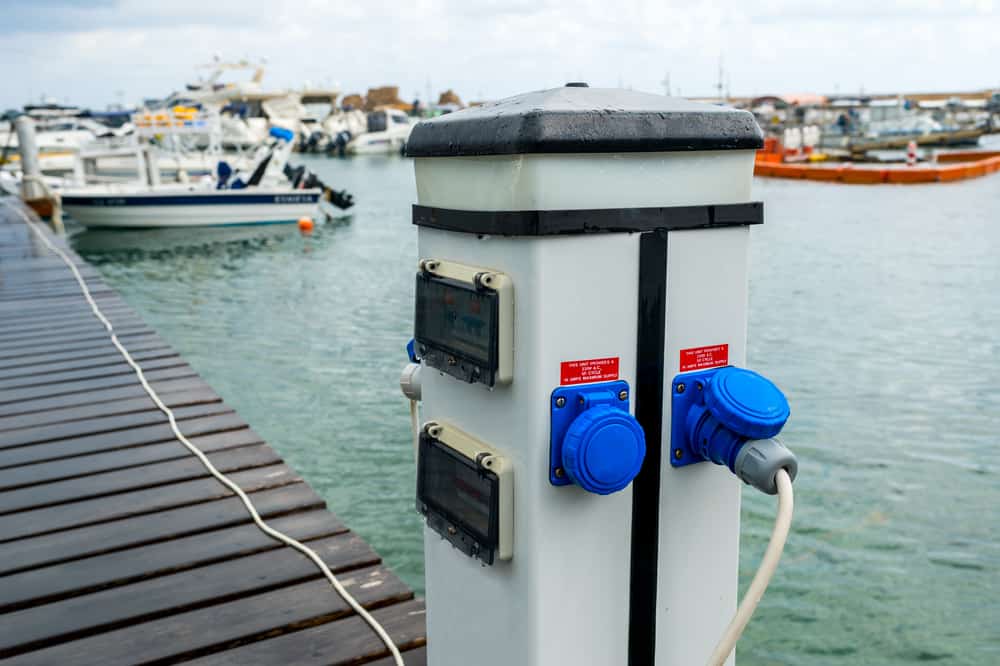Compared to other types of batteries, the Marine battery is probably one of the toughest. It is designed for use on a boat so it is made to withstand the pounding and vibrations.
Like typical batteries, a marine battery loses its charge after using it for a long time. Charging a marine battery is required before you set sail. It has to be fully charged and you need to have extras as well.
You need to know a few things about charging a marine battery before you go out to sea.
Table of Contents
How Do You Charge a Marine Battery?
Step 1: Figure Out What Type of Battery You’re Using
If it’s your first time using a marine battery, you need to know that it has different types. Before you learn how to charge it, you should first know how to differentiate the different types of marine batteries.
Do you know what type of battery you’ve got? What is the charger that you need to use for that specific battery? You can answer all these questions if you know what battery you’re using.
Basically, the different types of batteries can be divided into function and chemical makeup. Let’s find out more about these types.
According to the function, the types of marine batteries are:
- Cranking Battery
A cranking battery or Marine starting battery is primarily used to start the outboard motor of your boat. They are designed to deliver a short burst of high current to make sure that the outboard’s start will start. It can supply the energy needed to start your engine.
Once you’ve successfully started the outboard, it has an alternator that will start charging the cranking battery. Since it delivered a large amount of electricity to start the motor, bilge pumps, fish finders, and navigation lights, the alternator will automatically recharge it.
A cranking battery can only be used for this purpose because the trolling motor has its own specific battery.
- Deep Cycle Marine Battery
For your trolling motors, the best battery to use is a deep-cycle battery. They are designed to produce low to moderate currents for a longer period and they can be discharged to a deeper level than other marine batteries.
One of the best things about this type of battery is its ability to withstand multiple deep discharge and recharge cycles. This would happen if you have to power up your motor for multiple seasons.
If you’re going to pick a battery for your troll motor, make sure that you choose the one with a bigger reserve capacity. By picking a larger reserve capacity, it can provide more power for a longer period while you are in the water.
Trolling motor batteries power other things and not only the trolling motor. It will power the lights, plumbing system, GPS, and other electronic devices that you have in your boat.
- Hybrid or Dual-Purpose Marine Batteries
A Dual-Purpose Battery can serve as both a cranking battery and a deep cycle battery. It has the capacity to produce a short burst of high current for starting the motor and it can also steadily supply electricity to the trolling motor.
It may seem like a good choice since you don’t have to buy two separate batteries. However, if you are looking at long-term benefits, it is still better to have separate batteries.

bsabatteries
According to the chemical composition, the types of marine batteries are:
- Lithium-Ion Battery
Of course, a lithium-ion battery will always be a part of the list. This kind of battery is used in a wide variety of applications. It is popular because most vehicles use this. It costs more, but it is perfect for your boat.
This type of battery offers a wide range of benefits. It can be recharged really quickly. You only need about an hour or so to completely charge it. Lithium batteries are also small in size and they are very light so you can bring spares with you while you are on shore. It can be stored easily as well.
- Flooded Battery or Wet Cell Battery
A wet cell battery is very popular as a marine battery because it is very affordable. Compared with other types of batteries, this type can last for a long time. Despite its affordable price, the durability of this battery is high as long as you can maintain and store it properly.
Just like li-ion batteries, they can be recharged as well and you can often see this in bell towers, energy storage, electric utilities, and aviation.
The only drawback is the sulfuric acid that it contains. This is very dangerous so you need to be very careful when charging the battery. It’s best to keep it in a high place and prevent vibrations.
- Absorbed Glass Mat (AGM) Batteries
This type of battery is sealed and spill-proof and it comes with a maintenance-free design. This is the reason why many anglers choose this type of battery.
The best thing about this type of battery is that it offers a deeper depth of discharge compared to other batteries. It can also stand up well in low temperatures and is more resistant to impact and vibrations. All of these happen when you are at sea so it is a great choice.
- Gel Batteries
Just like AGM batteries, Gel batteries are also sealed, maintenance-free, and spill-proof. However, this is less tolerant of high temperatures and it has less power capacity as well.
This is the reason why gel batteries are often charged at a slower rate compared with an AGM battery. This is done to prevent overheating.

batteryusa
Step 2: Check your Battery Carefully
Now that you already have an idea of the type of battery you’re using, the next step is to check it before you start the charging process.
Batteries are often placed in an area that you won’t easily reach so you can expect that it would be full of dust and dirt. You need to clean it up before you start the charging process.
Turn the battery off and start checking the connections and terminals. Remove the dirt and corrosion and bring it back for charging.
Step 3: Choose the Right Charger
When choosing a marine battery charger, you need to know the battery type that you’re using. You need to choose the right one because using the wrong charger can damage your marine battery permanently.
If you’re using a wet cell battery, you will need a high-quality lead-acid battery charger. This would allow you to charge the battery faster. For a deep-cycle battery, you need a deep-cycle battery charger.
For people who are using an AGM battery, a smart multi-stage battery charger would be the best choice. This is a charger that would prevent the AGM battery from getting damaged through overcharging.
The main job of this smart charger is to maximize your battery’s life, improve its capacity, and lessen the loss of electrolytes.
Step 4: Choose a Type of Charger
You can choose between a portable charger and an onboard charger. The choice is yours and you should think about your circumstances when choosing.
A Portable charger is perfectly easy to carry. If you want to remove the battery from the boat and charge it elsewhere, portable chargers are the best. Also, it is cheaper compared with an onboard charger.
An onboard charger is more expensive than a portable model and you will have to install this permanently in your boat. Compared with a portable charger, an onboard charger is hassle-free to use. Just plug the battery and it will charge automatically.
Step 5: Start the Charging Process
Since you already picked a charger for the marine battery, this step is very simple. You just have to plug in the battery and wait for it to be fully charged.
Remember that you need to remove the battery from the charger as soon as it’s full. Some batteries don’t allow overcharging so you need to be very careful.

impulselithium
Simple Safety Tips
Charging a marine battery can be dangerous depending on the type of battery you’re using. We listed down a few safety tips to help you out.
- Wear your goggles and gloves before you start working on the batteries
- Switch off the battery before you start the charging process
- If the battery is too hot, it means that you need to stop the charging process
- If the battery is too cold, make sure that you defrost it before charging
- Always read the charger manual as it can help you charge the battery properly
Conclusion
Charging a marine battery is not too complicated if you already know the type of battery you’re using and the right charger to use. It’s pretty much the same as charging your mobile phones, but marine batteries require extra precaution as they are usually very dangerous.
As long as you know how to properly charge your batteries and you follow the right safety protocols, you won’t have to be scared about accidents.
If you have any comments and suggestions about marine battery charging, you can comment down below and we will get back to you.
